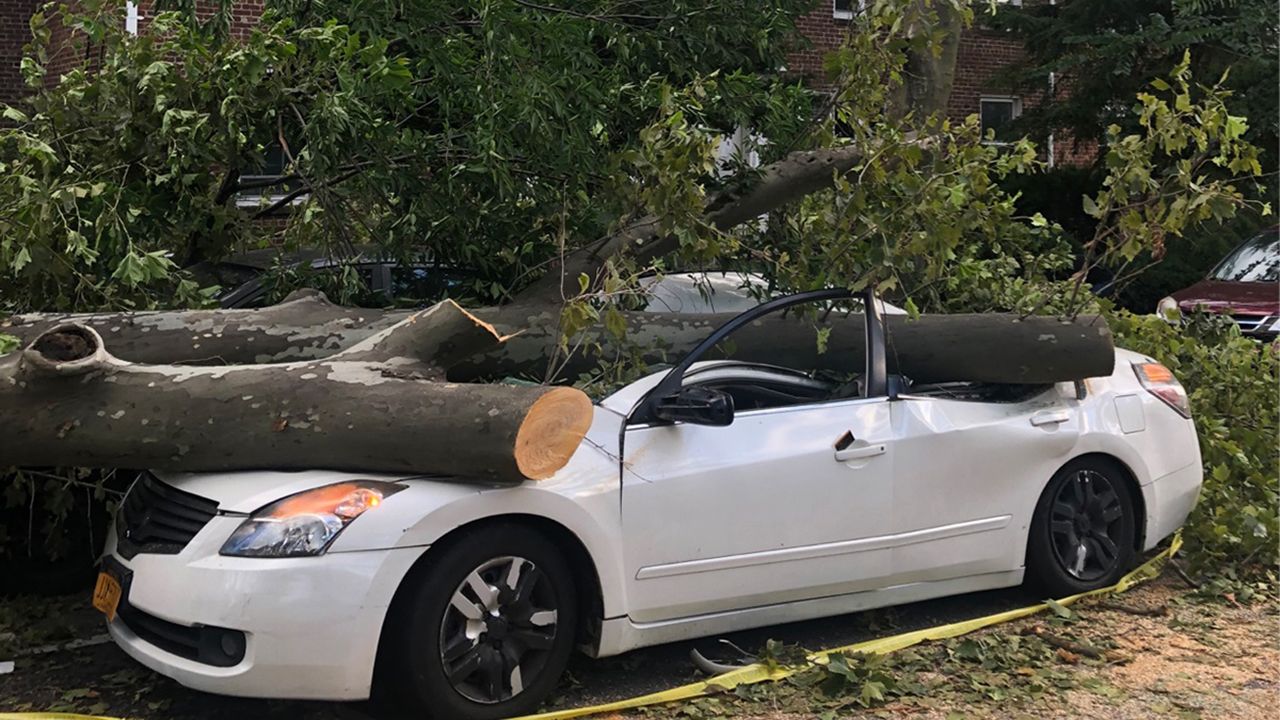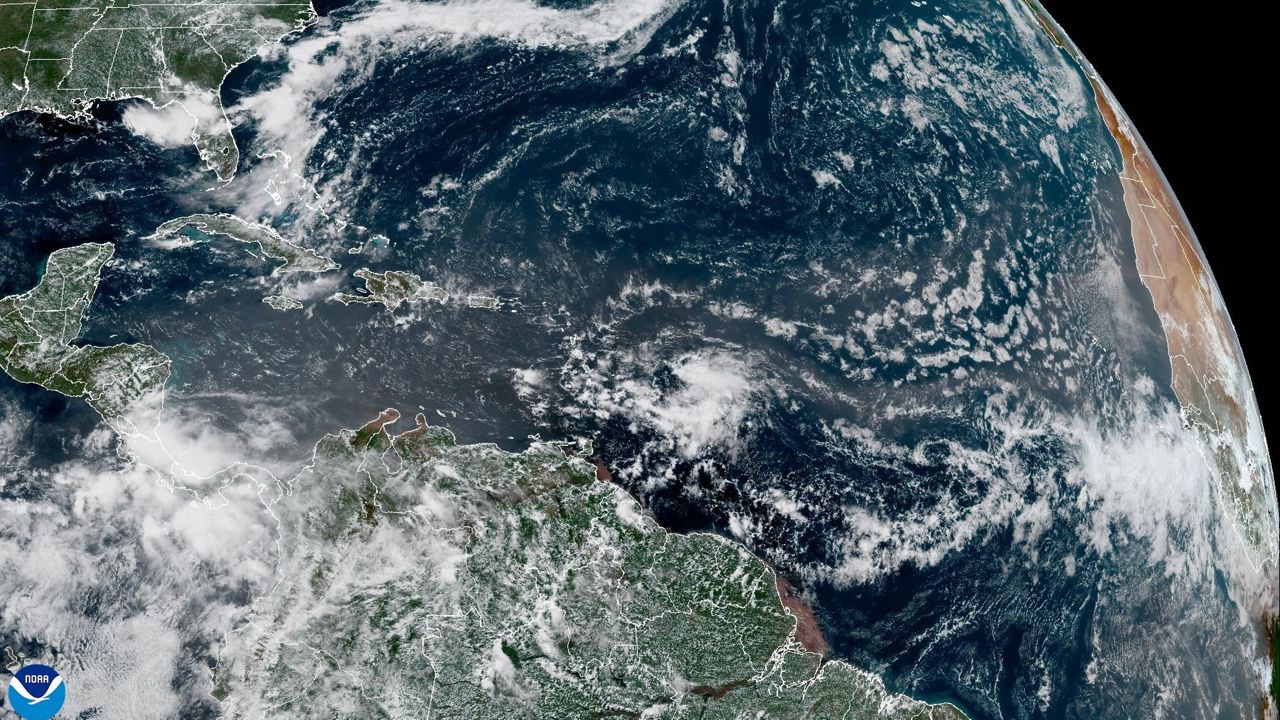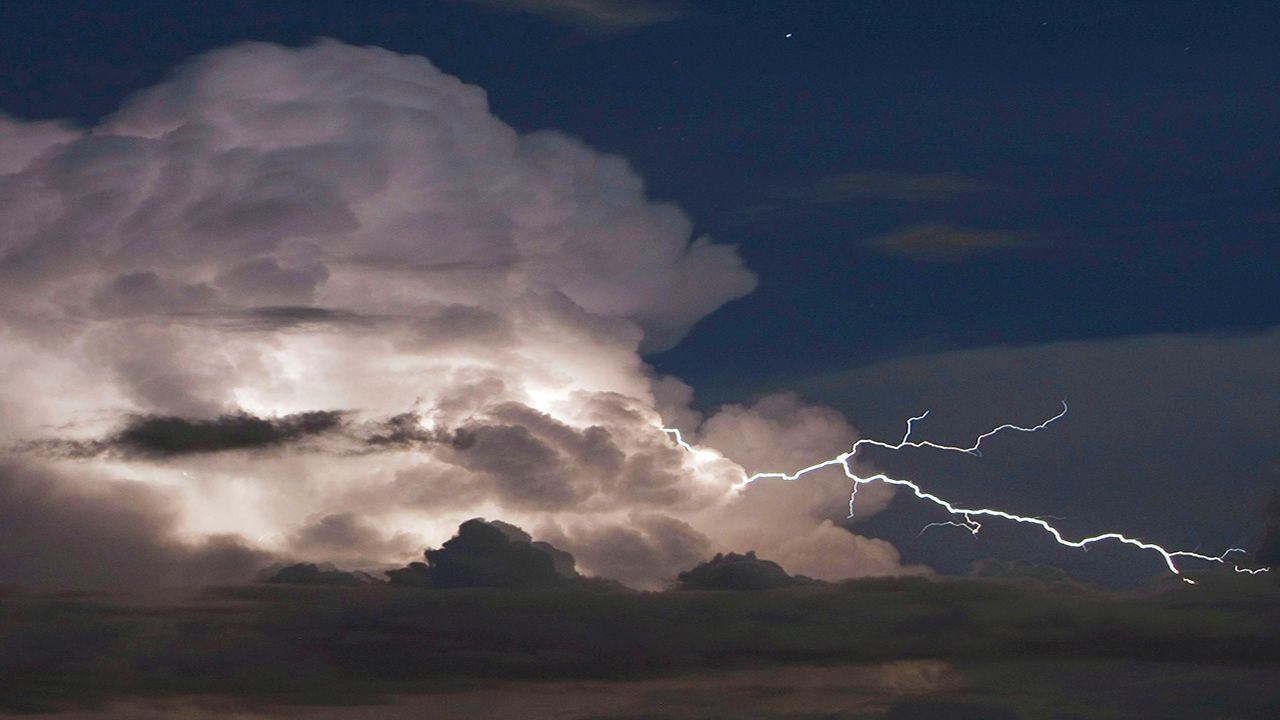As we head into the warmer months, the threat of severe storms increases. These threats include hail, strong winds, flooding rains and tornadoes.
When severe wind damage occurs from a thunderstorm, many assume a tornado caused it. While tornadoes often cause damage to homes and other structures, they are not always the culprit.
Quite often, wind damage produced from a thunderstorm is from a common phenomenon called a microburst. According to the National Weather Service, there are approximately 10 microburst reports for every one tornado, but these numbers are an estimate.
It is for this reason people should take a severe thunderstorm warning as seriously as a tornado warning.
What is a microburst?
Thunderstorms are complex, with winds that feed up into the storm known as an updraft and winds that descend from the storm down to the ground known as downbursts.
When conditions are right, these downbursts can be impressive, reaching speeds over 60 mph.
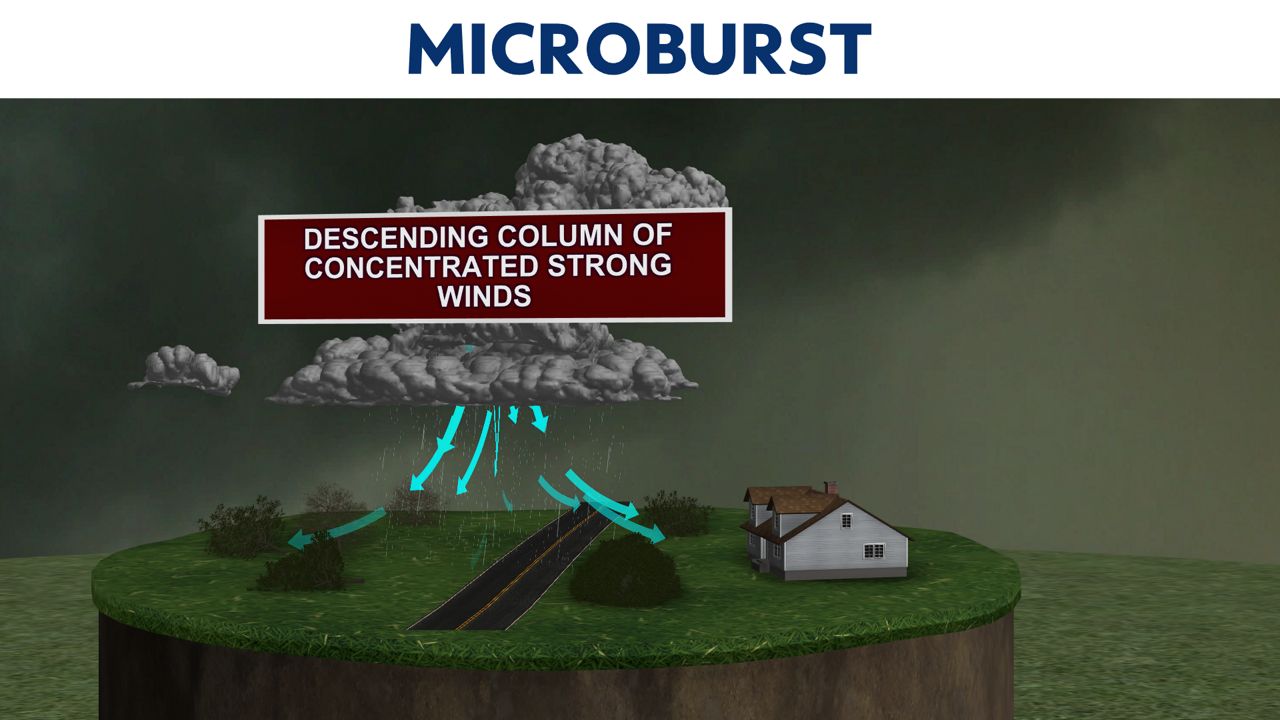
One of the main ingredients needed for microburst development is dry air drawn into the storm from the outside. This is known as dry air entrainment.
As precipitation falls from the storm and encounters the dry air, water droplets evaporate. This evaporation causes the air to cool and become heavier, which in turn causes the downward column of air to accelerate towards the ground.
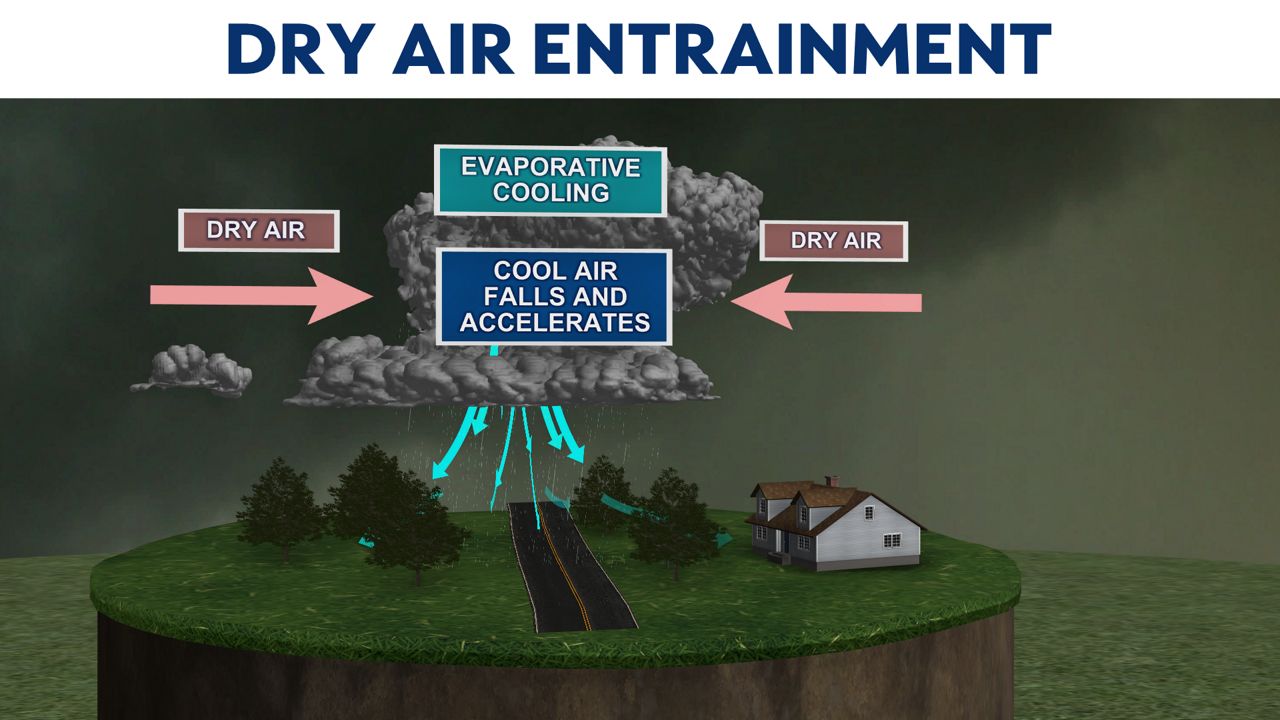
Another factor called "water loading" also contributes to the acceleration.
When cooled air with raindrops and hail fall, they gather more and more precipitation, which adds more weight and helps increase the speed of the descending column of air.
When this column of air hits the ground, it spreads out in different directions, and it’s during this time when the winds produced by a microburst can reach up to 100 mph.
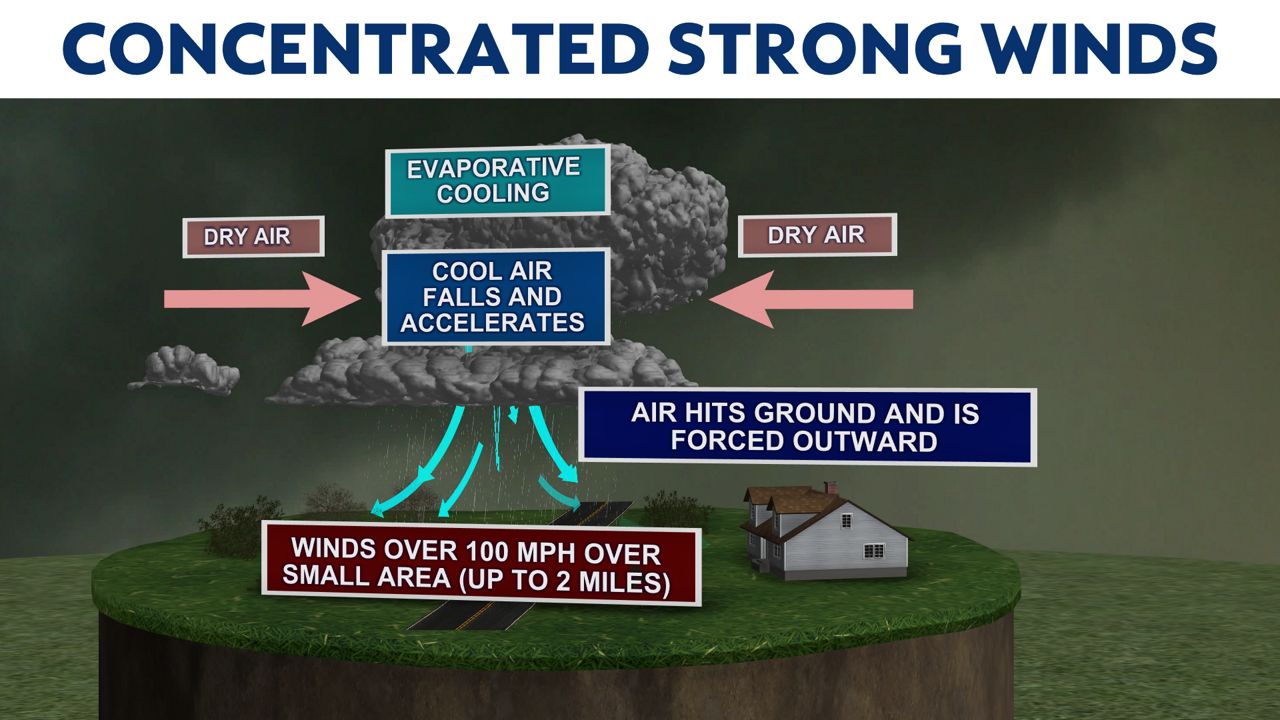
During a severe thunderstorm, regardless of whether the threat is a tornado or strong winds associated with a microburst, people should take the same precautions and stay away from windows. They should also move to the interior portion of their home on the lowest level.
Damage is damage regardless of whether it is "straight-line winds" or "twisting winds" from a tornado. Both can be deadly.





